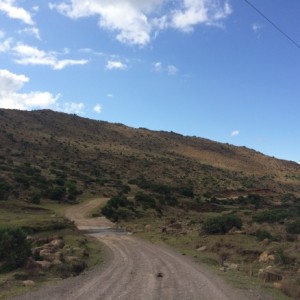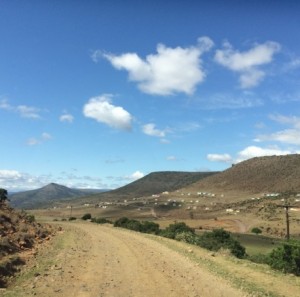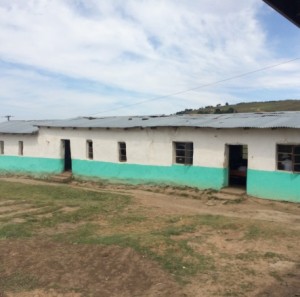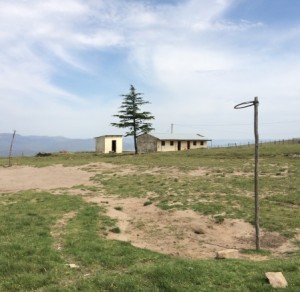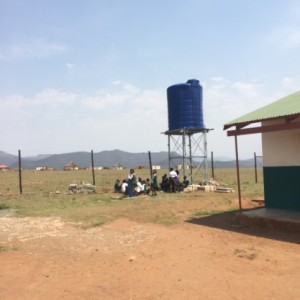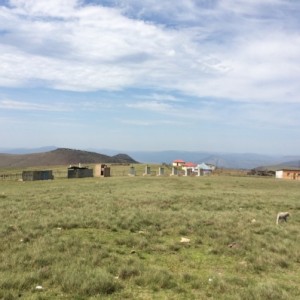Some Reflections on Rural Education in South Africa
I have recently returned from a fieldwork trip to a research site in a deep rural area of the Eastern Cape province. I have been to this particular area relatively regularly and frequently over the last four years to collect data in schools. Many of the things about education in rural areas that made such an impression on me during my first few trips to the area have become familiar over time, so I no longer really notice them. However, on this particular trip, I was joined by a colleague who had not visited the area before. Listening to his thoughts and observations of the area and the schools in which we work prompted me to reflect once again on some of the realities of education in rural areas, specifically the unique challenges faced by rural schools. These realities and challenges distinguish rural education within a single education system.
Despite the efforts made by the government since 1994, the rural education sector in South Africa continues to be disproportionately affected by the inequalities and challenges that are the legacy of the Apartheid government’s policies. While the Bantu Education Act (Act No. 47 of 1953) created separate and grossly unequal education systems for black and white South Africans, legislation like the Group Areas Act (Act No. 41 of 1950), largely through the creation of rural “homeland” areas, has had a lasting effect on the way in which the terms rural and urban are defined in this country, and on development in rural areas. As part of the post-1994 redress agenda, a single education system, governed by the South African Constitution and various education policies enshrines the rights of all South African learners to equal access to the same quality of education. In practice, however, the conditions in which teaching and learning take place in many rural areas are often vastly different from those in other public schools. Recognising these differences is important if rural schools are to be supported in a context-relevant and responsive way towards improving the quality of education available to learners in these areas.
In what follows, I list a few of my reflections on rural education drawn from my experiences in conducting research in rural areas in both the Eastern Cape and KwaZulu-Natal provinces.
Rural areas are often underdeveloped and characterised by high levels of poverty and unemployment
Former homeland areas have particularly high levels of poverty and unemployment. These areas are also largely underdeveloped. Many, though not all, households and schools lack access to electricity, landlines and water-borne sewerage. Food insecurity is a growing challenge.
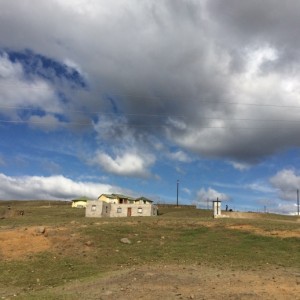
An unfinished house in the foreground, with a completed house in the background
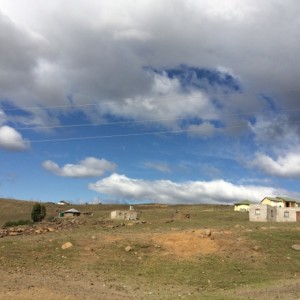
A rondavel on the left of the frame
The first picture shows a Ventilated Improved Pit (VIP) latrine to the right of the house and electricity wires running through the middle of the frame horizontally.
Access is a challenge
Schools in deep rural areas are often accessed via dirt roads. This becomes problematic during heavy rain when roads become thick with mud and impassable. Rates of teacher and learner absenteeism are high during the wet weather season.
Schools are accessed by vehicle using roads like these pictured during dry weather
Learners and teachers sometimes drown on their way to or from school when rivers like the one shown in the first picture overflow. Learners often walk long distances to and from school every day, many of them through the veld. This can be unsafe for learners, particularly female learners, who are vulnerable to crime. Walking long distances to school, some without having had anything to eat, leaves learners hungry and tired at the start of their school day. When there is no learner transport available, it can be beyond the financial means of many families to arrange private transport if it is available.
School infrastructure
Many schools in rural areas lack facilities like libraries and laboratories. Few have dedicated sports grounds. Classrooms sometimes have no doors and broken or no windows. There are often insufficient desks and chairs for learners, and sometimes none at all.
A row of classrooms built with mud as the primary building material
The sports grounds at a school
Large classes are a norm in many rural schools, and with too few classrooms available, many schools have multi-grade classes.
In this picture one grade of learners from a multi-grade classroom are being taught outside due to the dry weather
Sanitation is a problem
In many deep rural areas in South Africa, there is no water-borne sewerage system. As a result, pit-latrines are often the most common type of toilet found in these areas. This is not in and of itself a problem. What is problematic is when these structures are not or cannot be maintained. It is often difficult for schools to engage a service provider to empty the pit latrines when this becomes necessary due to both the cost, and the difficulties with accessing some of the more remote schools. Further, the chemicals used to break down the contents of the pit and reduce the smell can be beyond the budget of very under-resourced schools. Images 1 – 4 below show the toilets at a school in rural South Africa.
A view of the toilets from the main school building
Ventilated improved pit latrines for learners The site of the old pit toilets.
Sanitation is a particular concern for female learners and teachers. In addition to issues relating to menstruation, the distance of the toilets from the school building, and the fact that doors are sometimes missing or locks broken makes girls vulnerable in these spaces. It should also be noted that some schools do not have toilet facilities for teachers and/or learners. Learners are then forced to relieve themselves in the veld.
This is a short and far from comprehensive list of some of the conditions and challenges facing rural education. The context and conditions are complex. There is an impressive and growing body of research into rural education and rural education development, as well as a number of promising programmes and interventions to support what the government is already doing to improve the quality of teaching and learning and the conditions in schools in rural areas. But, it is clear that our work is far from over. While it is important to have a single education system enshrining the same rights of all learners, it is also critical to recognise the sometimes vast differences in context and conditions that may require unique intervention, policy and programming.
* Lisa Wiebesiek is a PhD Intern at the HSRC.

